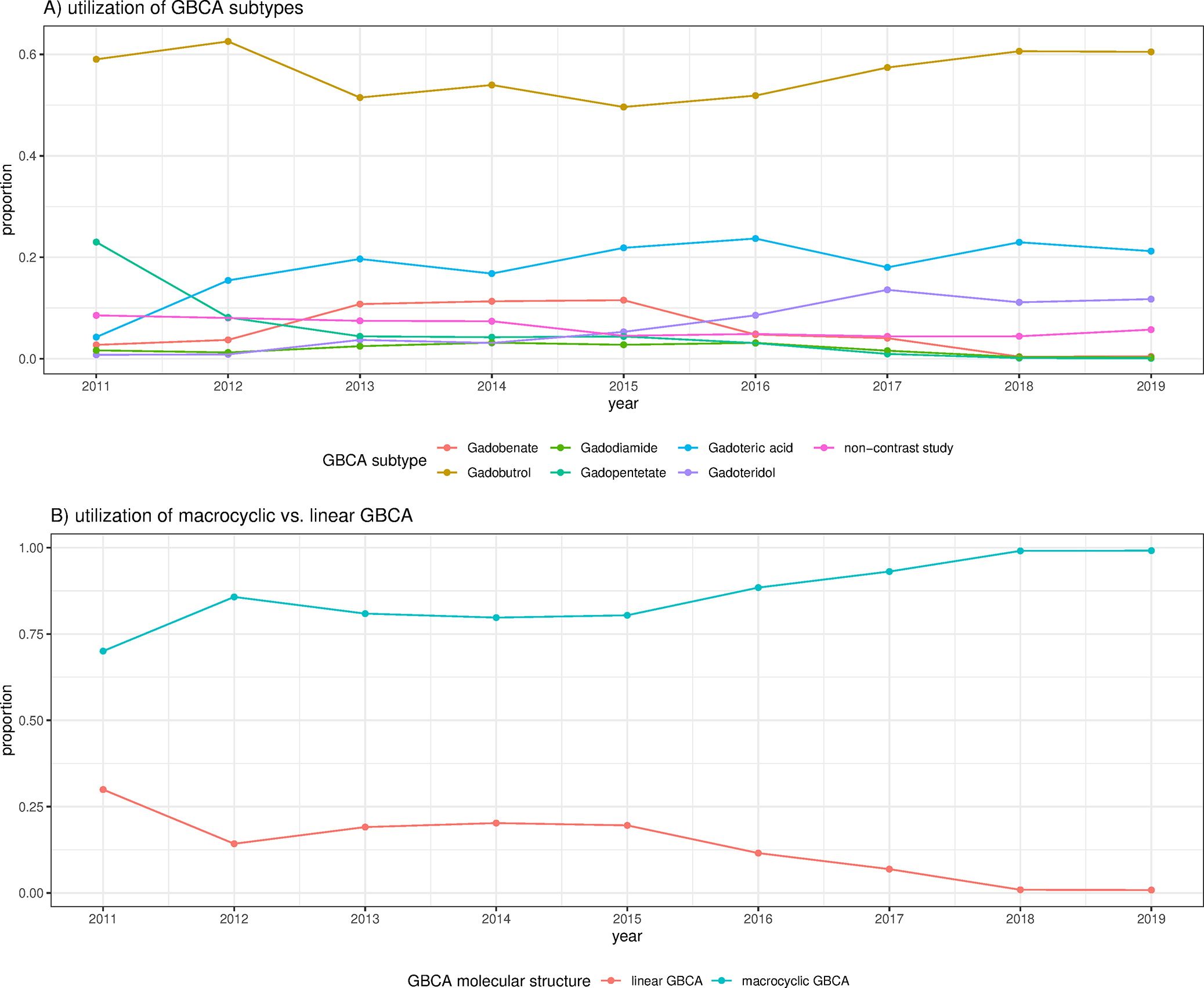Gadolinium Carries Low Adverse Event Risk for Cardiac MRI
Study reveals favorable acute safety profile for macrocyclic gadolinium.
Conducting a contrast-enhanced cardiac MRI with a patient carries a very low risk of allergic reactions or other adverse events, but outcomes can vary based on various contrast agent characteristics.
In a large study, investigators from the University Medical Center in Goettingen, Germany, focused on how a decision made by the European Medicines Agency (EMA) in 2017 affected patients undergoing this exam. Most contrast-enhanced cardiac MRIs use intravenous gadolinium-based contrast agents (GBCAs), and the EMA’s decision mandated the use of macrocyclic gadolinium contrast agent because it is less likely to accumulate in the body.
They published their results on Oct. 29 in Radiology: Cardiothoracic Imaging.
Typically, GBCAs are considered safe for this patient population, said the team led by Johannes Uhlig, M.D., MPH, with adverse events being reported in 0.04 percent-to-2.2 percent of cases. But, there are questions around the impact of the likelihood that linear gadolinium will deposit in the body. In its decision, the EMA suspended linear gadolinium use except for liver imaging.
“Studies have demonstrated that the likelihood and extent of cerebral gadolinium depositions are increased after administration of linear GBCAs compared to macrocyclic GBCAs, although the clinical relevance of these depositions still needs to be determined,” he said.
Related Content: High-Performance, Low-Field MRI Provides Diagnostic Quality in Heart Attack Patients
To determine how the EMA decision affected the clinical impact of contrast-enhanced cardiac MRI, Uhlig’s team retrospectively reviewed MRI exams from 154,779 patients who were included in the European Society of Cardiovascular Radiology MRCT Registry from January 2013 to October 2019. Of the group, nearly 95 percent (145,855 patients) had a contrast-enhanced exam. Until 2017, 15.2 percent of exams used linear gadolinium, but that rate fell to less than 1 percent in 2018 and 2019.
Based on their analysis of patient outcomes, the team identified acute adverse events (AAEs) and classified them as mild, moderate, or severe. Overall, they discovered 556 AAEs among patients who had contrast-enhanced exams (0.38 percent), and only 47 were classified as severe or life-threatening. And, fewer AAEs were associated with macrocyclic GBCAs versus linear GBCAs (multivariable OR, 0.634, 95 percent CI: 0.452, 0.888, P=.008).
Proportion of gadolinium-based contrast agent (GBCA) subtypes and molecular structure used for cardiac MRI in the European Society of Cardiovascular Radiology MR/CT Registry. A, Use of GBCA subtypes. B, Use of macrocyclic versus linear GBCA. Courtesy: Radiology: Cardiothoracic Imaging

Among AAEs, the team said, allergic-like events were more common than physiologic ones, 71.58 percent and 28.42 percent, respectively, with the most common responses being wheezing and bronchospasms.
“Using a large-scale patient cohort from several European countries, our study demonstrates that the administration of GBCA for cardiac MRI is safe for the overwhelming majority of patients,” Uhlig said. “In particular, macrocyclic GBCAs exhibit a favorable acute safety profile, and should be considered for cardiac MRI examinations evaluating myocardial scarring, ischemia, cardiomyopathy, and myocarditis.”
But, GBCA administration was not responsible for all AAEs, he said. In fact, of the 8,924 cases that did not involve a contrast agent, there were 231 (2.59 percent) reported negative events. Most were related to anxiety and shortness of breath.
The team’s analysis also revealed more details about AAE incidence based on pharmacologic stressors, GBCA molecular structure, GBCA subtypes, and imaging indications, with the highest AAE incidence occurring in patients with known coronary artery disease. For instance, the team reported, patients who had stress cardiac MRIs were more likely to experience an AAE, and the highest rates occurred with the administration of dobutamine (1.78 percent) and regadenoson (1.26 percent). The lowest incidence appeared with the use of adenosine (0.53 percent). The longer half-life and different modes of action for regadenoson and dobutamine could be responsible for these differences, they said.
Additionally, the team also looked at outcomes based on GBCA subtypes. Overall, most AAEs occurred with patients who received gadoteridol (0.65 percent, 73 out of 11,161 patients). They also identified an increase among patients for whom a cardiac MRI was performed with gadobenate dimeglumine.
Ultimately, Uhlig’s team said, their findings point to the importance of pre-procedural assessments that can reveal any contraindications to MRI scanning and GBCA administration. Such an evaluation could provide insight into the likelihood of a GBCA-associated adverse event.
“Potentially vulnerable populations include those with orthostatic shortness of breath, prior adverse GBCA reactions, and terminal renal insufficiency,” Uhlig said.
Currently, there are no regulatory restriction on the use of linear GBCAs in the United States, but the U.S. Food & Drug Administration does advise providers to take gadolinium retention characteristics into consideration when selecting a GBCA for MRI scans.
For more coverage based on industry expert insights and research, subscribe to the Diagnostic Imaging e-Newsletter here.
Study: Monitoring of Prostate MRI Exams Could Lead to 75 Percent Reduction of Gadolinium Contrast
March 17th 2025While DCE MRI was deemed helpful in over 67 percent of cases in which it was used, researchers found that monitored prostate MRI exams, which facilitated a 75 percent reduction of DCE MRI sequences, had comparable sensitivity for prostate cancer as non-monitored exams.